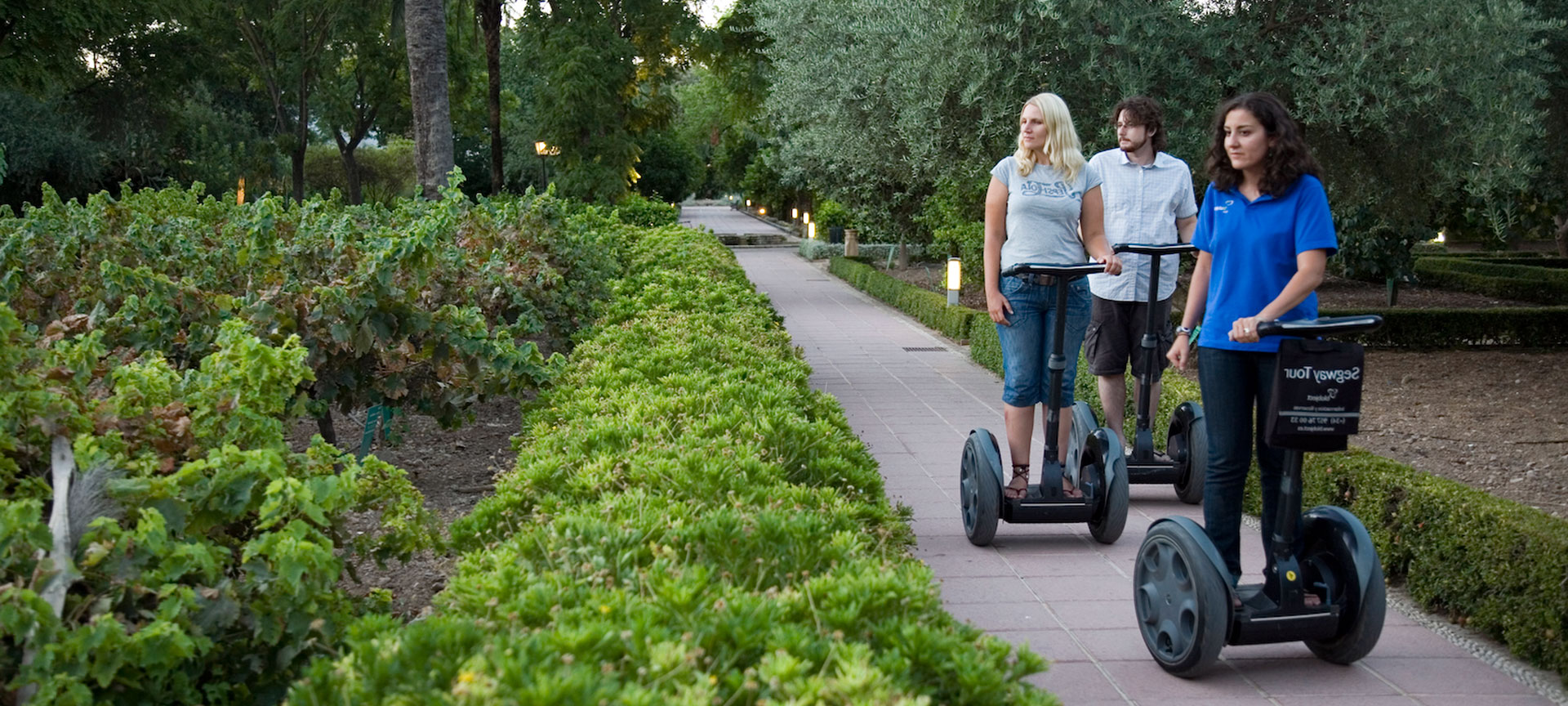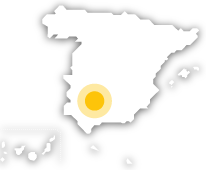
The Cordoba Botanical Gardens were inaugurated in 1997 and are primarily for educational and scientific use. This is clear from the layout, with different areas distributed along a longitudinal thoroughfare interrupted by three squares with fountains. The Systematic Collection is in an area divided into rectangles, with plants ordered according to their phylogenetic characteristics. It contains exclusively autochthonous Spanish species, with a predominance of low rosemary hedges and Mediterranean hackberry. In the area known as the Agricultural School, the collections include plants useful to man, such as aromatic and medicinal herbs, fruit trees and vegetables. Close to the central square there is a greenhouse divided into three sections, with a collection of species endemic to the Canary Islands, the Balearic Islands and Andalusia. At the end of the long thoroughfare there is the “Arboretum”. It has a natural layout with a large number of trees and shrubs that are ordered according to their physiognomic characteristics. Alongside this there is a small rose garden. The “Molino de la Alegría” is a palaeobotanical museum containing some of the gardens’ 15,000 plant fossils. Another unusual feature of these botanical gardens is a small area close to the entrance which is a garden for the blind. Here the plants have been specially selected for their feel and smell.
Debe activar Javascript para poder utilizar este servicio
Royal Botanic Gardens of Cordoba
Avenida de Linneo, s/n
14004 Córdoba, Cordoba (Andalusia)
Activa JS
Travel plans for inspiring you
Next tours










